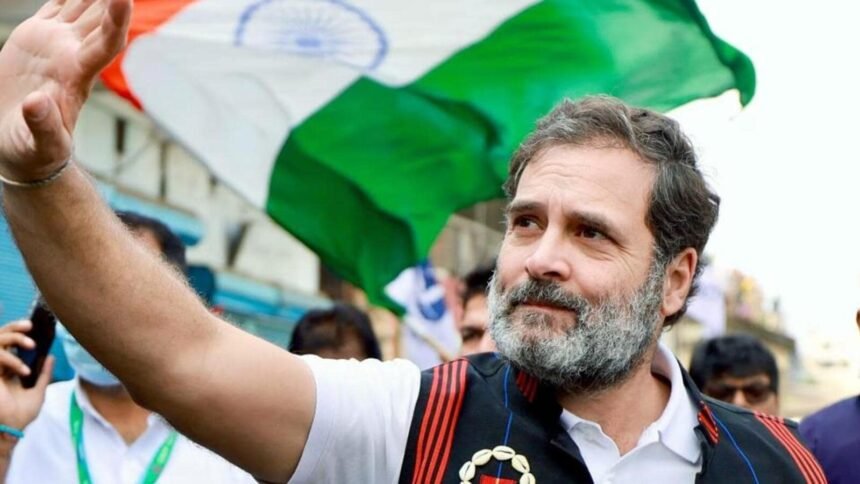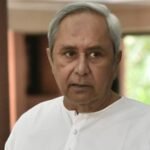These elections mark the arrival of Rahul Gandhi, 53, as a national leader in his own right. Gandhi has had many political launches. And indeed, it is a result of the multigenerational control his family has had over the Congress that Gandhi, who has been in politics for 20 years now, has had so many opportunities to fail and fall repeatedly, yet get the chance to shape his party’s direction. It is also a reflection of the dismal state that the Congress has found itself in, one for which Gandhi can’t escape responsibility, that winning about 100 seats, especially when its primary rival is two-and-a-half times bigger, is considered an achievement.

But it is an achievement in today’s political landscape, and for that, Gandhi deserves credit. This verdict vindicates Rahul Gandhi in five key respects.
The first was his decision to do two ambitious yatras. If the Bharat Jodo Yatra took him from Kanyakumari to Kashmir on foot in 2022-2023, the Bharat Jodo Nyay Yatra saw him travel from Manipur to Mumbai in a van earlier this year. Both marches were impressive attempts at direct public outreach without intermediaries and displayed human endurance and political commitment. They offered an opportunity for Gandhi to listen to ordinary citizens but also an opportunity for citizens to see Gandhi, hear him, and assess him in their local settings outside the framework of rallies. While the political benefit from such an initiative is always hard to measure in exact tangible terms, it decisively ended Gandhi’s image of lacking the depth and intelligence or the inclination to pursue politics. The “Pappu” caricature was a thing of the past.
Gandhi’s second decision was to engage seriously in alliance-building with like-minded parties and create the INDIA bloc. This led the Congress to compromise with regional outfits and engage in seat-sharing while sacrificing its own immediate political stakes in local geographies — it eventually resulted in the party fighting the least number of seats it has in its history in Lok Sabha elections. It required the Congress to make up with parties such as the AAP, which the Gandhi family held partly responsible for the erosion in the credibility of the UPA-2 government and the rise of Narendra Modi. It required the Congress to allow regional leaders to assume prominent roles, be it Tejaswi Yadav in Bihar or Akhilesh Yadav in UP, Sharad Pawar and Uddhav Thackeray in Maharashtra or Stalin in Tamil Nadu. Gandhi decided it was worth it in the larger interest.
Third, Gandhi engineered a historic shift in the Congress’s approach to the caste question. From prioritising the idea of the nation as comprising citizens with individual rights and limited concessions for historically disadvantaged social groups, the Congress’s new imagination was of a nation where caste was the fundamental marker of discrimination, which should therefore serve as a fundamental basis for policy. This resulted in Gandhi demanding a caste census, more reservations and proportionate representation of all caste groups in all spheres. Gandhi also backed Mallikarjun Kharge, a veteran Dalit leader, as the new party president. This focus on caste also saw Congress falsely allege that the BJP intended to scrap reservations if elected to power with 400 seats. All of this was meant to shatter the BJP’s umbrella Hindu coalition by sharpening caste-based divisions and paint the BJP as merely an upper caste formation; it was also meant to address the Congress’s own historical weakness with backward groups and regain Dalit support and make the party’s alliance with Mandal formations such as the SP and the RJD more seamless on the ground. Irrespective of the accuracy of Gandhi’s diagnosis of caste-based inequalities or the validity of his prescription that prioritises caste-based affirmative action even further, the strategy partially worked. Modi’s attempt to counter this by emphasising and reinforcing a unified Hindu political identity framed in opposition to Muslims didn’t work to the same extent.
Fourth, Gandhi kept the focus on the economy, particularly unemployment, an issue that resonated with the young, and promised greater welfare benefits, be it cash transfers to women or apprenticeship programmes, cash transfer to the young, even a review of the government’s new recruitment scheme for the armed forces. He contrasted this with the alleged crony capitalism under Modi. The fiscal implications may not have been thought through, but it may well have been responsible for the seeming drift of the younger voters away from the BJP.
And finally, Gandhi changed his communication strategy. He didn’t give interviews to the media this season and instead relied, just as Modi had done in the past, on his social media channels and direct communication with his party base, workers and sympathisers.
The Congress should not see the verdict itself as a victory. It remains a distant second. It remains geographically more limited than it has been in the past. It still has very few state governments. Its organisational deficiencies persist. Gandhi was still not seen as a credible prime ministerial alternative by a majority of voters, or the party’s tally would have been much higher. But the verdict has given the Congress a lifeline; voters have rewarded Gandhi for his persistence and hard work, and it is up to the party to rebuild on the basis of this new foundation.




